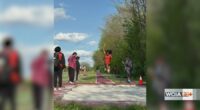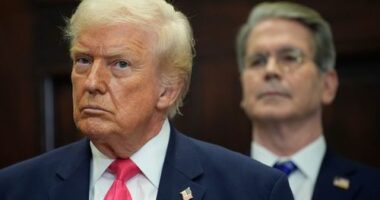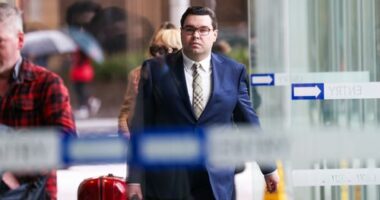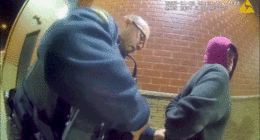Share this @internewscast.com
This agreement, which also involves US$600 billion ($915 billion) of EU investments in the U.S. and US$750 billion ($1.14 trillion) worth of EU purchases of U.S. energy during Trump’s second term, indeed offers clarity for European companies.
The deal mirrors key parts of the framework agreement the US clinched with Japan last week.

The agreement will mean EU goods exported to the US will be liable for a 15 per cent tariff. Source: AAP / Davide Bonaldo / SOPA Images
“We are agreeing that the tariff … for automobiles and everything else will be a straight-across tariff of 15 per cent,” Trump said.
“While it’s important to monitor how long both sides adhere to the agreement, from a market perspective, having such an agreement provides more reassurance than not having one,” he noted.
The EU highlights the U.S. surplus in services, which they believe partially balances the equation. Trump also mentioned the “hundreds of billions of dollars” in revenue that tariffs were bringing in.













